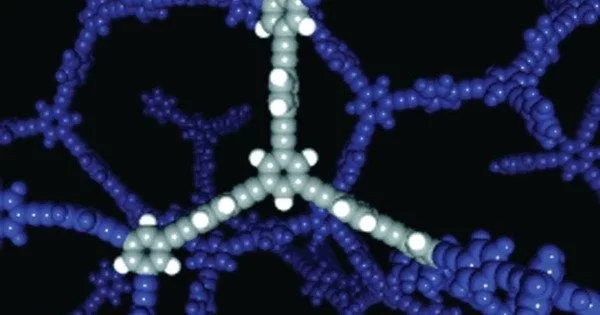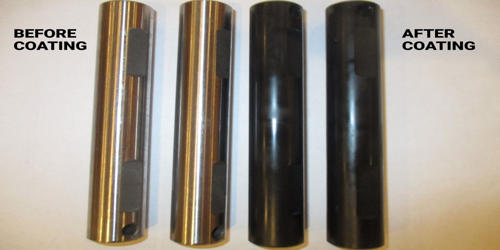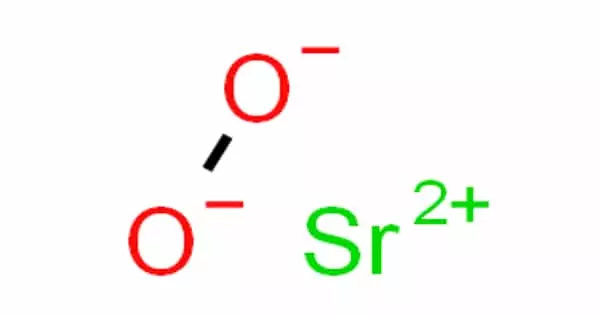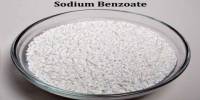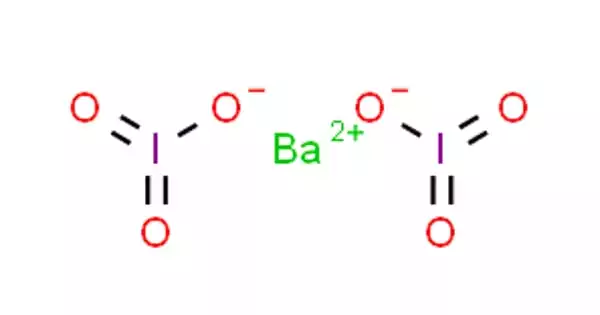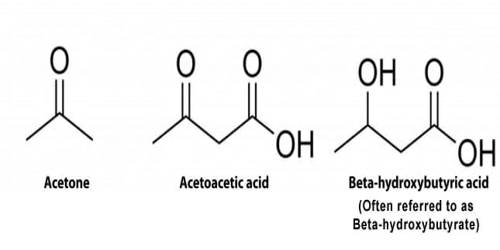Conjugated microporous polymers (CMPs) are a type of porous material that is similar to zeolites, metal-organic frameworks, and covalent organic frameworks but is amorphous rather than crystalline. Because of their unusual features and possible applications, this family of organic polymers has received a lot of attention in materials science and chemistry.
CMPs are a type of conjugated polymer that has several qualities with them, such as conductivity, mechanical stiffness, and insolubility. CMPs are formed by joining building components in a π-conjugated fashion and have 3-D networks. The network of conjugated (alternating single and multiple) links in these polymers creates a highly porous structure with regular spacing between the polymer chains. CMPs have unique qualities due to the regularity of their structure, which makes them valuable for a variety of applications.
Here are some key features and characteristics of conjugated microporous polymers:
- Highly Porous Structure: On a nanoscale scale, CMPs have a three-dimensional network of interconnected pores and channels. Because of their high porosity, they have a huge surface area, making them excellent for applications such as gas storage and separation.
- Conjugated Backbone: Because the polymer backbone is conjugated, electrons can easily flow along the polymer chains. As a result, CMPs have electronic conductivity and can be used in electrical devices and sensors.
- Tunable Properties: During synthesis, the chemical structure of CMPs can be precisely manipulated, allowing researchers to adapt their properties for specific uses. Pore size, surface chemistry, and electrical characteristics are all tunable.
- Gas Adsorption and Storage: CMPs are often used for gas storage and adsorption due to their high surface area and well-defined pores. They can capture and store gases such as hydrogen and methane, which is important for clean energy and gas storage applications.
- Catalysis: Some CMPs have been designed with catalytic properties, making them useful for various chemical reactions, including heterogeneous catalysis.
Conjugation extends through the CMP system and gives the CMPs conductive characteristics. CMP building blocks are appealing because they have a wide variety of π units that may be employed and allow for tuning and optimization of the skeleton and, as a result, the properties of CMPs. The stiff components of most building blocks, such as alkynes, generate microporosity. CMPs are used in gas storage, heterogeneous catalysis, light emission and harvesting, and electric energy storage.
